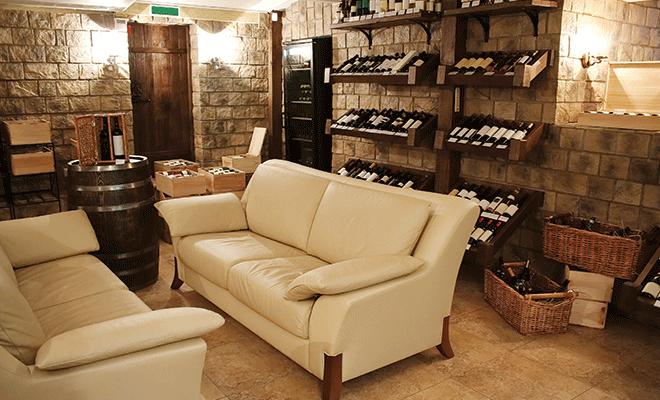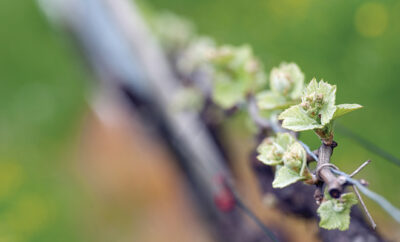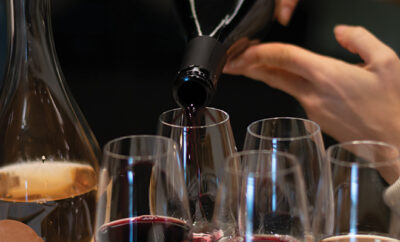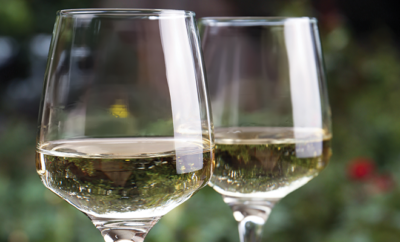
DIY wine storage creativity
Wine racks, wine chillers, wine thermometers, wine cellars–where do you begin?
Wine storage can be as complicated or easy as you wish! Even if you don’t have the luxury of space to create the perfect wine cellar, you can create a safe space for your liquid gems so that they remain in tip-top pouring shape, ready to enjoy.
Wines like to be cool, calm and collected. Whether you have a six-bottle metal wine rack on the floor or a larger 520-bottle walk-in wall storage unit, there are a few guidelines that will ensure the best possible outcome when you reach for that 2009 merlot you fell in love with.
Sidelined!
Wines that contain cork enclosures benefit from lying on their sides, but why? Oxygen is both good and bad for wine. Placing the bottles on their sides keeps the cork moist and does not let oxygen in, since it can adversely affect the taste and body of wine. Too much oxygen can degrade the wine too quickly, making it oxidized and undrinkable.
Storage for aging
Not all wines are produced to age over long periods of time. Some blends are meant to be consumed and enjoyed inside of 18 months from purchase. Other wines, perhaps of a more singular varietal, may be designed to lay down in a perfect environment for 18 months to 18 years. These wines are bottled with safekeeping in mind, often with highest quality natural cork enclosures underneath tight capsules or even wax to ensure the most protective measures. But even with safeguards, there is still no guarantee the wine will age well, but it’s better be safe than sorry.
Temperature and light
These are the most common culprits that contribute to “turned” wine. Natural light from windows contributes more heat than you may think. Is your wine rack next to the refrigerator or dryer? A great deal of heat circulates around the floor spaces of your home and can adversely affect the wines you just purchased, and heat can deteriorate your wine before you get the chance to enjoy it. Don’t be too quick to move these bottles to the fridge, though; rather, move them to a central place in your home to equalize temperature and settle down a bit before placing them in their cooler resting place.
Wines also prefer to be stored in stable temperatures rather than volatile environments with varying extreme temperatures. For this reason, many wine clubs do not ship during warmer summer months without additional substantive temperature controls to maintain proper quality control. For the same reason, it’s not a good idea to keep cases of wine in the garage with warm engines, machinery, fumes, windows and doors, which all affect the ability to maintain a consistent temperature, especially during the summer.
Wine’s sensitivity
Protecting your wine investment can be compared to using sunscreen. Have you noticed that wine bottles are not the same shape, size or even color? You can add thickness and weight to that list as well. The thinner and lighter the bottle, the more heat and light will affect your wine. Conversely, because the weight of the glass can be nearly half the total weight of a bottle of wine, higher-quality wines are often produced in heavier, darker-colored glass bottles for optimal quality, protection and presentation.
Organizing your storage
If you purchase wines by the case, you may have wondered, “When did I get this one and what is it?” When you get home, open the case and take a quick picture of the label. This picture will timestamp the wine for you and you can begin to add your wines to smartphone applications and other wine inventory tools designed to help rotate your wines and keep track of what needs to be enjoyed sooner rather than later. Additionally, you can print out the picture and tape it to the box. You can also document how you enjoyed your winetasting experience with a wine journal entry describing how you met and discovered a new winemaker’s creation. HLM
Sources: tomsguide.com, vinography.com and wine.com.
Here are a few tips to help you build your own wine cellar.
• Interior, central linen closets with shelving are a great place to begin.
• Turn a walk-in closet to wine storage easily!
• Allow a shelf or drawer for openers, stoppers and wine glasses.
• Sort wines by age and varietal on each shelf.
• Use stackable racks on shelves to keep wine bottles stable.
• Wooden bookcases can be refurbished for wine storage.
• Wine bottles are heavy; consider securing the bookcase to the wall
• Metal storage frames can conduct both heat and cool air.
• Wooden storage frames must be sturdy enough to hold the weight!
• Basement access points are also good places for consistent wine storage.







